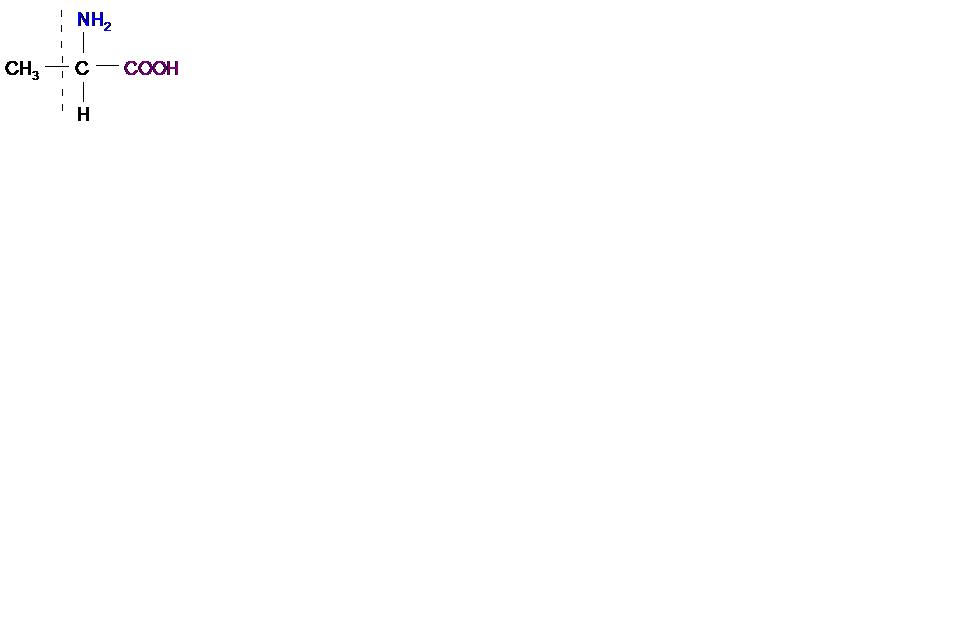Kuffour
CHEMISTRY
Course Outline
- Protein - amino acids
- Synthetic Polymer
- Industrial Chemistry
Topic 1: Protein – amino acids
Objective At the end of the lesson, viewers would be able to:
- Identify the functional groups in amino acid.
- Classify amino acids based on the structure of side – chain radical
- Write the common name of a given structure of amino acid.
Amino acids They are organic compounds that contain at least one carboxylic (-COOH) and at least one amino group (-NH2). They have the general formula
Where R=H, alkyl or phenyl group.Classification of amino acids Amino acids are based on
(a) Their structure
(b) acid- base properties
Classification based on their structure
Amino acids are distinguished by the structure of side – chain R-group. Amino acids are distinguished by the structure of side – chain (radical) R-group and also by their physico – chemical properties inherent in these radicals. The structural features of the side chain radicals are shown below.
1. Aliphatic unsubstitueted amino acid, their common name, their three-letter and one- letter code
Glycine (Gly) G
Alanine (Ala) A
2. Aliphatic substituted Amino acid
(a) Hydroxyamino acids
Serine (Ser) S
| physical property | units | symbol |
|---|---|---|
| length | metre | m |
| mass | kilogram | kg |
Theonine (Thr) T
(b) Carboxyamino acids
Aspartate (Asp) D
Glutamate (Glu) E
(c). Diamino acid
Lysine (Lys) K
Arginine (Arg) R
3. Cyclic amino acids
(a). Aromatic amino acids
Phenylalanine (Phe) F
Tyrosine (Tyr) Y
(b) Heterocyclic amino acid
Tryptophan (Trp) W
Histidine (His) H
Classification based on Acid- based properties
Amino acids are classified into acid, base and neutral depending on the R-group.
Acidic amino acids Example: 1.
2.
(b) Basic amino acids Example: 1.
2.
(c) Neutral amino acids
Example: alanine, glycine, phenylalanine, leucine.
Glycine (Gly) G
Alanine (Ala) A
Valine (Val) V
Phenylalanine (Phe) F
Nomenclature of proteins
Amino acids have three system of naming. These are:
- Common names.
- Three and one letter code.
- IUPAC system.
Common names All the amino acids have traditional names. These names are usually abbreviated with the first three letters or one capital letter. This system is still being used by chemist. For example, histidine (HIS) or H, and alanine (Ala) or A.
Summary
- Amino acids are organic compounds that contain at least one carbonyl group and at least one amino acid group.
- They are classified based on their structure as:
Aliphatic unsubstituted amino acid.
Aliphatic substituted amino acid.
They are classified based on their acid-base properties as:
- Acidic
- Basic
- Neutral
They have traditional names as well as IUPAC system of naming.
- The traditional names are represented by using three letters or one capital letter code.
Q1. Give the structure of the amino acid represented as: a) F b) Val c) Gly
Q2. Give one structure of an amino acid that is: a) Acidic b) Basic c) neutral


